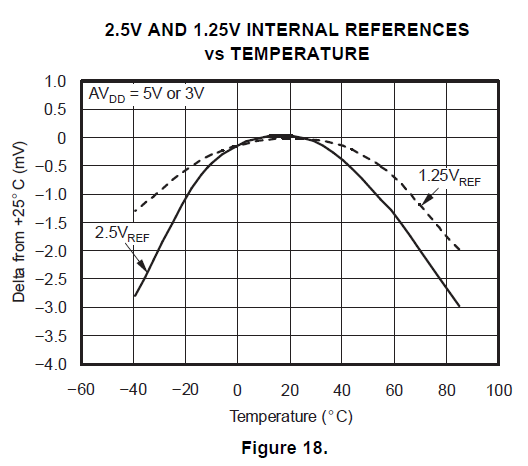Hello,
I work on project with 4DSP's FMC30RF and have to control module temperature.
This module has AMC7823 to control voltage and temp. Voltage measure results look correctly&stable_enough, but temperature results are unstable (noise like, deviation upto +-3C from average value that looks correct). I use temp recalculaton as AMC7823 datasheet said.
Thanks for any suggestions about issue.
BR, Serge



